Why Belgian vets are saying yes to objective gait analysis
Top Belgian equine veterinarians are clear: Objective gait analysis is becoming as essential as X-rays.
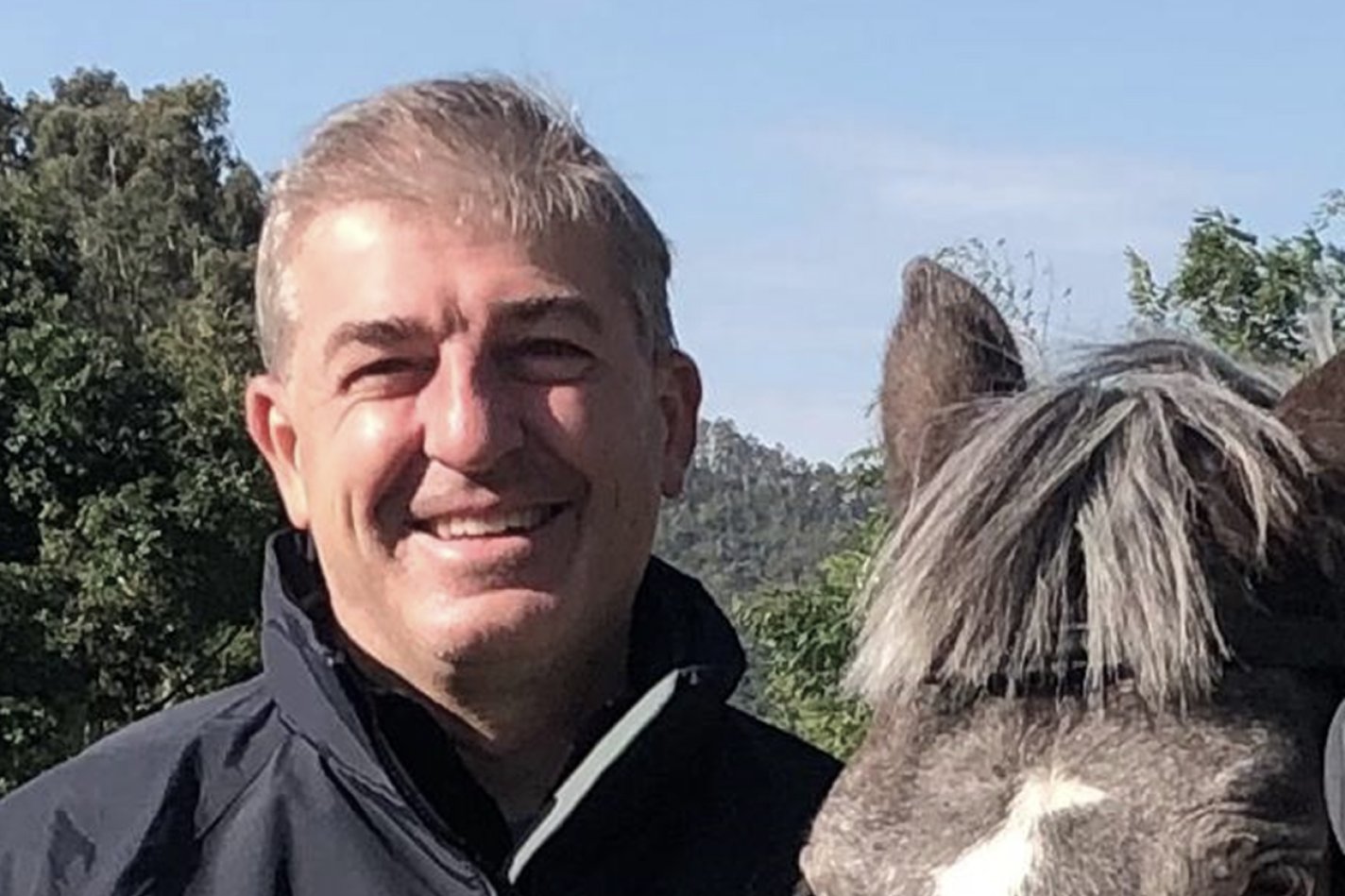
With the health and well-being of horses a top priority for the racing industry, recent years have seen increasing efforts to test new resources to ensure the safety of equine athletes. We spoke to Bronte Forbes, the Head of Veterinary Regulation at the Hong Kong Jockey Club, about his use of the Sleip technology and how these innovative tools can support vets and trainers - and ultimately help drive positive change across the entire industry.
the Head of Veterinary Regulation at the Hong Kong Jockey Club.
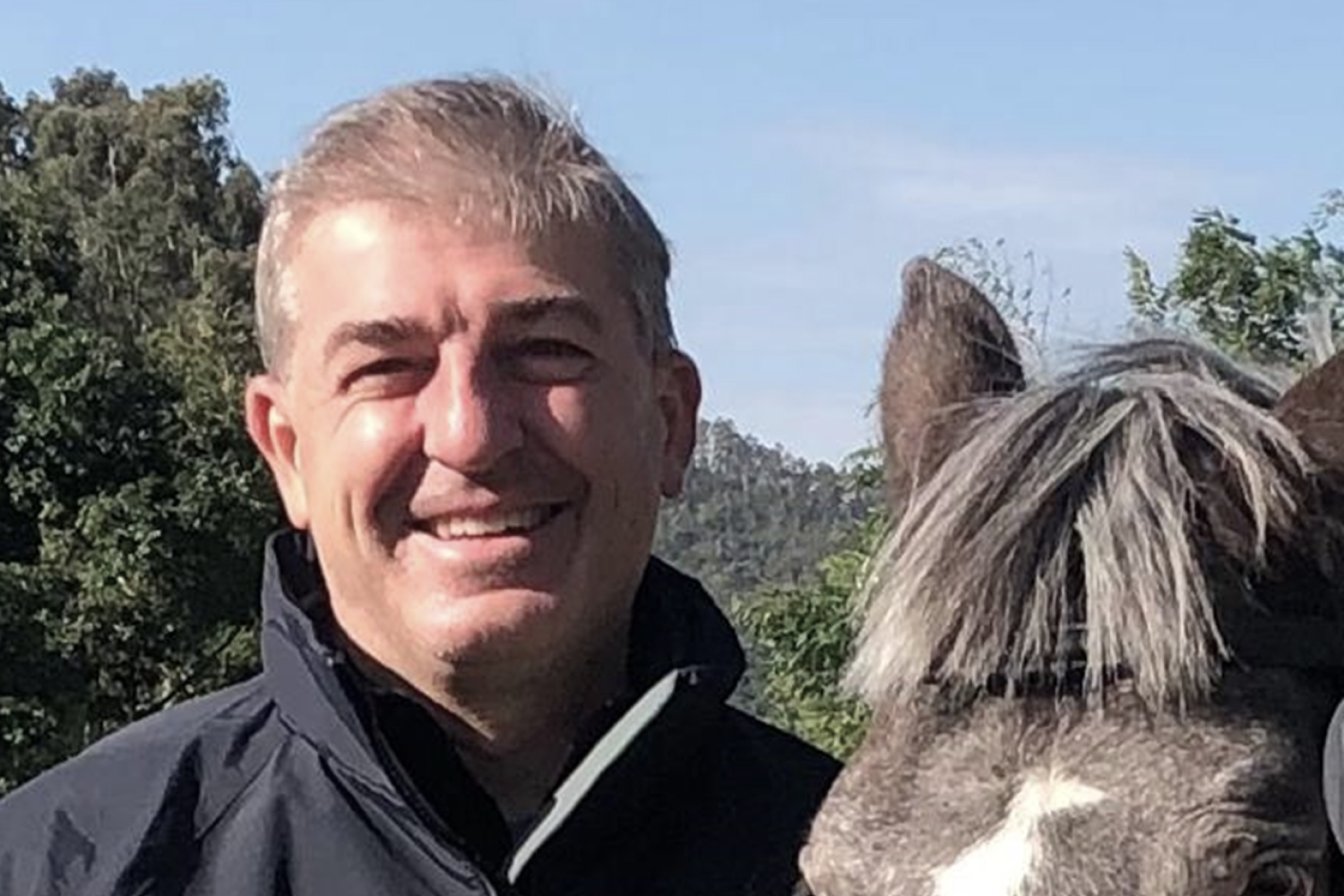
A third-generation horse veterinarian, Bronte Fobes is proud to be following in the footsteps of his father and grandfather. Having started his career near home in Western Australia, Bronte worked for many years in Singapore and Hong Kong, and up until three years ago, primarily on the clinical side. Now settled in Hong Kong, he has taken on a regulatory role, overseeing the veterinary treatment of the racehorses at the Hong Kong Jockey Club and ensuring that the integrity of racing is at the highest standard.
"The most important thing for us is to make racing as safe as possible. The welfare of the horses is at the heart of what we do,” he says.
To ensure the highest standard of safeguarding, Bronte and his team constantly monitor the veterinary care of the horses, doing both pre- and post-race checks. They also get involved in the import and export of horses, disease monitoring and developing policies for horse racing.
Throughout his career, Bronte was always interested in the area of objective lameness assessment. Having previously been involved in clinical research on the topic, he came across Sleip's data-driven insights into gait and movement patterns through a colleague in Australia who had read an article on the technology and knew instantly that Bronte would be interested in learning more.
Mobile app for equine vets that uses artificial intelligence (AI) motion analysis to identify lameness straight from video. Read more here.
%20(1)%20(1).png?width=1000&height=750&name=Compare-upd%201%20(1)%20(1)%20(1).png)
"In the last few decades, the racing industry has made remarkable progress in reducing injury rates by using all available technology. We are committed to decreasing these rates even more by continuously reviewing policies, experimenting with new technologies, and finding ways to integrate these into our procedures. We are always looking for ways to do even better."
Being a regulatory veterinarian means making complex, high-pressure decisions in a limited time. And often, Bronte points out, regulatory vets must make these crucial decisions with less information than they'd be used to when working on the clinical side.
"There is relatively little evidence-based medicine for some of what we do, meaning we must rely on best practices and subjective assessments. The situation is improving rapidly, but there is still much more research on the clinical side, whereas on the regulatory side, it is just starting to take off now.”
The Hong Kong Jockey Club has been using Sleip for about a year and a half. One of the most significant benefits of using the technology is how much easier it is to document and share data between teams.
"We have two sites here, one in Hong Kong itself, and a training centre up in China, about three hours away. Half of our team is based there, and the other half is down here. Using Sleip, we can easily share information between the two groups, which is crucial as horses can move up and down the two sites weekly. So, you might have different teams of vets looking at these horses from week to week. We have found it exceedingly useful to standardise how we're viewing these horses."
By using Sleip, trainers and vets can also measure the horses longitudinally, i.e. efficiently monitoring their movement over time, creating a detailed record of their movement pattern. These records can be updated by people on the ground, wherever the horse is at the time, and don't need to be carried out by a vet.
"This is one of the most significant benefits to us," says Bronte.
Another is standardising video checks for international racing. Previously, when horses came from overseas to race in Hong Kong, Bronte's team would get sent a video to look at. However, the videos could differ significantly, making it challenging to see the horses correctly and make an informed judgement. With trainers now increasingly using Sleip, the process has become standardised and much more straightforward.
According to Bronte, this technology could become essential to ensuring the safety of horses on race day and beyond. It could play a significant role in establishing global standards for the movement of horses by providing a means to share a consistent set of data and documentation accompanying the horse wherever it goes. The need for such documentation has been much discussed in the industry recently, which Bronte applauds.
"It's good to see a push for a global standard. Rather than every jurisdiction having an approach, efforts are being made to establish a common way of doing things."
He explains that tools enabling objective comparisons have sparked much interest within the industry in the past year. Ultimately, efficient documentation and sharing while standardising the processes internationally will let the industry take another giant leap forward in safeguarding racehorses. Bronte believes this is an essential step in the right direction for the industry.
"In the end, we are all facing the same problems, and it's great to see everyone coming together to solve them, using the latest advancements that technology has to offer, " he says."
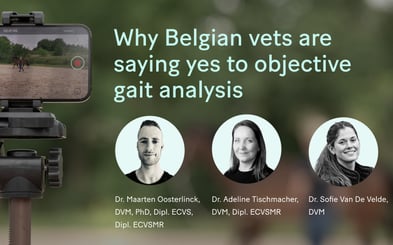
Top Belgian equine veterinarians are clear: Objective gait analysis is becoming as essential as X-rays.
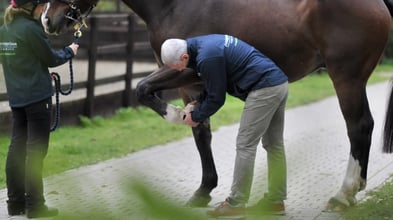
Giorgio Ricardi of Donnington Grove Equine Vets reveals how data-driven gait analysis enhances clinical decisions in complex lameness cases.
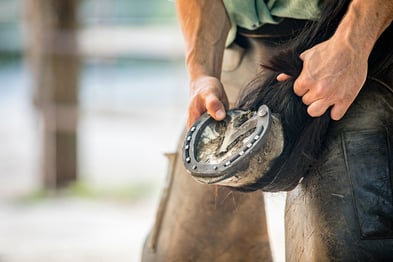
We sat down with UK Master Farrier Marc Jerram, who blends traditional skill with modern gait analysis to spot issues early and collaborate with vets on targeted solutions.